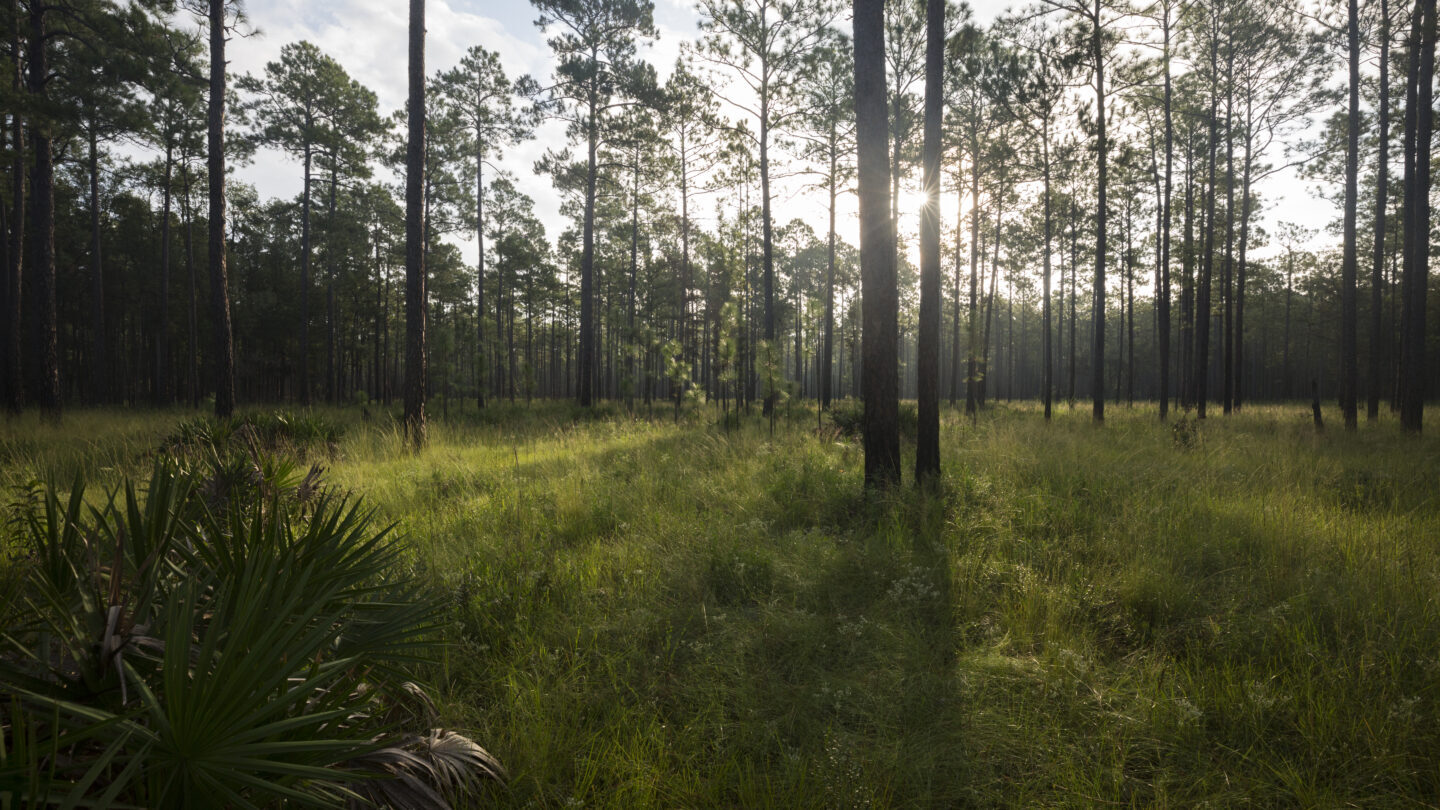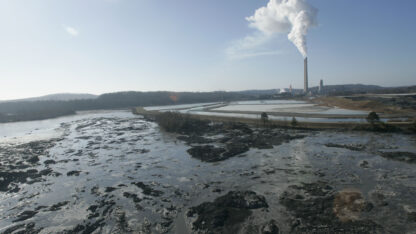Restoring the South's longleaf pine can also save water, study says

The pine forests that once covered much of the South could be part of an answer to water scarcity problems in the future.
A recent study published in the journal, Science of The Total Environment, finds that healthy longleaf pine forests keep more water in streams.
While Georgia generally gets a lot of rain, in drought years things can get tight – enough so that Georgia, Alabama and Florida have argued for decades over shared water resources.
Maintaining more longleaf pine forests isn’t a panacea for water scarcity, but it can help, according to Steven Brantley, one of the study’s authors and an ecohydrologist at the Jones Center at Ichauway, a southwest Georgia non-profit research center.
“Longleaf is part of the solution,” he said.
Longleaf pines look like something out of a Dr. Seuss book when they’re gangly young trees with tufts of long needles. Mature longleaf forests feel like chapels, with wide open spaces and towering ramrod straight trees.
“This would be the kind of forest that was described hundreds of years ago when Spanish explorers first got here and said that you could you could ride a horse through the woods,” Brantley said. “There’s no low-hanging branches. There’s no thick shrub layer. You can see hundreds of yards into the woods.”
Scientists estimate longleaf once covered about 90 million acres across the Southeast. Now, it’s more like four million acres, and not all of those remaining forests are in top-notch condition since a healthy longleaf forest relies on fire.
Brantley and his collaborators find in their study that in areas with healthy longleaf pine, there’s more groundwater — and water in streams — even during very dry times. Brantley said that’s because of the structure of the forest itself, and because longleaf pines respond to drought by using less water.

Chris Oishi, an ecohydrologist at the U.S. Forest Service’s Southern Research Station, said one of the things that stands out to him about the findings is that an area doesn’t have to be all longleaf to see the benefits.
“It’s not an all-or-nothing equation,” Oishi, who was not involved in the study, said.
For instance, a family with woods behind their farm could encourage some healthy longleaf and make a difference.
“A relatively small amount of longleaf pine, according to these results, can provide measurable changes to stream flow,” Oishi said.
There are other projects focused on agriculture in southwest Georgia that aim to improve stream flow.
The Georgia Flow Incentive Trust, or GA-FIT, program is working with farmers to tap into alternate sources of groundwater, an experimental auction that reduces water use during droughts and a habitat conservation plan for the lower Flint River that aims to balance water needs for farms with endangered species protections.
Brantley said longleaf restoration can be another piece of the puzzle.
“This is one more tool in the toolbox for people that are interested in making the streams and wetlands in Georgia more resilient to drought in the future,” he said.








